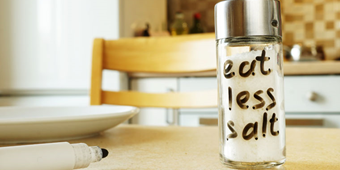Get the Beat On Your Pulse

Knowing how to check your pulse is an important part of helping to monitor your fitness level and to catch other health problems.
Your pulse – your heart rate – refers to the number of times your heart beats each minute.
Though a normal pulse can be different for different people, a pulse is typically between 60 and 100 beats per minute.
Being physically active will increase your pulse because it causes blood to flow more quickly through your body. Other factors that can affect your pulse include:
- Air temperature and humidity
- Body position
- Body size
- Medication use
A change to the rate or regularity of your pulse as you age could also be a sign of a heart condition.
Doctors frequently check a patient’s pulse to help monitor heart function, especially if the patient is on certain medications, including a beta blocker or thyroid medication.
It’s also important to know how to take your pulse so you can monitor it between visits. You should contact your doctor if the rate concerns you because it is frequently too fast or very low.
The most common places to find your pulse are the sides of your neck and on your wrists:
- To find your pulse on your neck – your carotid pulse. Use light pressure to feel under the angle of the jaw. This can be felt on either side of the neck.
- To find your pulse on your wrist – your radial pulse. Put your fingers on the open-palm side of either wrist, just under your thumb.
Once you find your pulse location, put your first two fingers over your pulse point and count the number of beats for 60 seconds.
Your doctor might want you to keep a log of your pulse, depending on why you are monitoring it. Your records can help your doctor determine the correct dosage of medication for you.
Source: American Heart Association; National Institutes of Health




